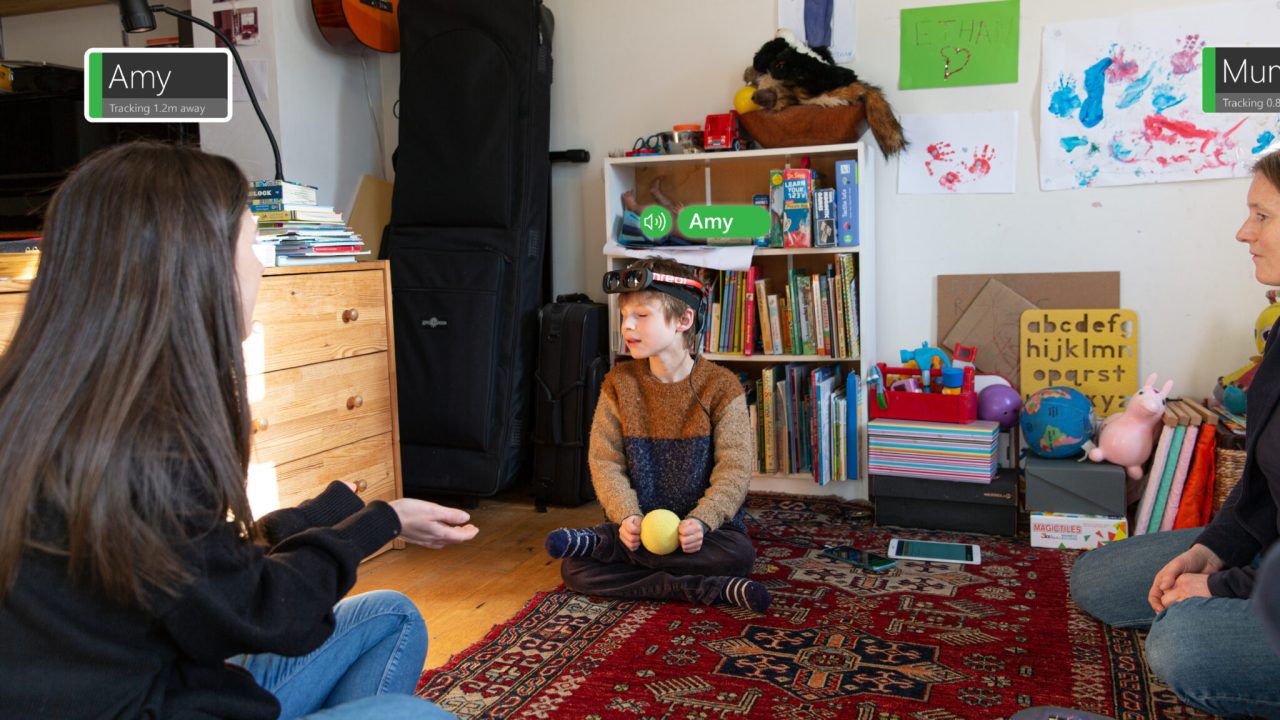In a world increasingly centered around visual communication, those with visual impairments often face unseen challenges. While sighted children can intuitively pick up on social cues—like subtle body language or facial expressions—blind children may struggle to navigate these complexities. Recognizing this critical gap, Microsoft has embarked on an ambitious initiative known as the PeopleLens project, designed to enhance social interactions for blind children through innovative technology.
Understanding the Social Landscape
Social skills are integral to personal development, and for children who are blind, these skills are often more arduous to acquire. Without visual cues, a child may not know when someone is looking at them or who is present in their vicinity, leading to feelings of isolation and hesitation to engage with peers. Microsoft’s PeopleLens aims to alleviate these challenges by providing real-time feedback to users via augmented reality (AR) technology.
How PeopleLens Works
PeopleLens is not just about bells and whistles; it’s a sophisticated blend of hardware and software designed specifically to empower. At the heart of the project are AR glasses equipped with cutting-edge sensors. These glasses can recognize faces and communicate essential information to the wearer through audio cues.
- When a person enters the room, the glasses emit a gentle clicking sound to alert the user.
- If someone is within a proximity of about ten feet, the system announces their name, allowing for immediate awareness.
- As a user shifts their head in different directions, ascending tones guide their attention to faces of nearby individuals.
- Furthermore, the system signals when someone is looking directly at the user, thus teaching them how to recognize and respond to social engagement.
A Learning Tool for Social Development
The primary intention behind PeopleLens is not to serve as a lifelong assistive device, but rather as a transitional tool to help children cultivate essential social skills. By providing categorical sensory feedback, the glasses aid in bridging the gap between visual social norms and the unique needs of blind children. Over time, users can translate these audio cues into awareness of body language and interpersonal dynamics, much like their sighted peers.
Looking Towards the Future
Although PeopleLens is still in its experimental phase, Microsoft is actively seeking to expand its research. The next step involves recruiting a group of learners aged 5 to 11 in the U.K. for a longitudinal study to assess the real-world effectiveness of the technology. This timely development could pave the way for meaningful advancements in the intersection of technology, social skills, and disability support.
Conclusion
Microsoft’s PeopleLens project serves as a beacon of hope, illuminating the potential for technology to transform the lives of visually impaired children. By fostering an environment where social skills can flourish, this innovative initiative empowers the next generation to bridge the gap between sighted and visually impaired peers. At fxis.ai, we believe that such advancements are crucial for the future of AI, as they enable more comprehensive and effective solutions. Our team is continually exploring new methodologies to push the envelope in artificial intelligence, ensuring that our clients benefit from the latest technological innovations.
For more insights, updates, or to collaborate on AI development projects, stay connected with fxis.ai.

